Last year we launched the all-new TMR keyboard, and its popularity has continued to rise over time. We've previously discussed the differences between TMR and Hall Effect (HE) keyboards; today, let's take a comprehensive look at TMR keyboards and see why they've become a new favorite among high-performance input devices.
What Is a TMR Keyboard?
A TMR keyboard is a magnetic keyboard that utilizes Tunnel Magnetoresistance (TMR) technology. These keyboards leverage magnetic sensing technology to detect key presses, providing high precision, durability, and fast response.
What Is TMR Technology?
TMR technology is the Tunneling Magnetoresistance Technology. This technology uses ferromagnetism and quantum tunneling to detect and relay signals to the connected device.
Features of TMR Technology
- High sensitivity: Detects tiny magnetic changes for precision input.
- Ultra-fast response: 0.2 ms latency for gaming or industrial use.
- Wide temperature range: Works reliably in harsh environments.
- Low power: Efficient for wireless and mobile devices.
- Stable: Consistent performance over time.

How TMR Technology Works in a Keyboard
TMR technology has been used for many industries, just like game controllers, mice and other gaming pc peripherals.
For the keyboard industry, TMR technology is used for magnetic keyboards. Each key switch has a magnet embedded in the key switch. And a TMR magnetic sensor mounted on the PCB underneath.
When you press the key, the distance between the magnet and the sensor changes, and the TMR sensor can continuously and accurately detect this change in magnetic field. And the keyboard’s MCU interprets this as an analog signal, allowing:
- Real-time key travel tracking
- Adjustable actuation points
- Rapid trigger (instant reset upon key release)

Advantages of TMR Keyboards
1. High precision
TMR (Tunnel Magnetoresistive) sensors achieve a trigger accuracy of 0.005mm and a response time of less than 0.2ms. This high precision and fast response allow for more accurate and smoother gameplay.
2. Low power consumption
TMR technology consumes less power than Hall effect magnetic switches, helping to extend the battery life of wireless keyboards. This is a significant advantage for users who need to use the keyboard for extended periods.
3. Strong stability
TMR sensors have stronger resistance to temperature changes, maintaining stable performance even under high loads or complex environments.
This means users can enjoy a more stable and reliable input experience.
4. High customizability
TMR keyboards support full-domain customization features, such as RT travel adjustment, adjustable actuation points, DKS, and analog input capability. These features allow users to customize the key according to their needs and preferences, maximizing operational capabilities.
5. Wide applicability
TMR keyboards are not only suitable for e-sports gaming scenarios but also cater to office and everyday use needs.
6. Long lifespan and durability
Thanks to its contactless design, TMR technology avoids the degradation issues caused by aging metal contacts, resulting in a longer lifespan. This is an important consideration for users seeking long-term investment value.
TMR vs Hall Effect vs Mechanical vs Optical Keyboards
| Feature | TMR (Tunnel Magnetoresistance) | Hall Effect (HE) | Mechanical | Optical |
| Working Principle | Resistance changes due to magnetic field altering current flow through metal layers | Voltage generated by charge deflection under a magnetic field | Physical metal contact closes circuit when pressed | Light beam (infrared) interrupted or reflected when key pressed |
| Contact Type | Contactless | Contactless | Contact-based | Contactless |
| Response Time / Latency | ≤0.2 ms | ~1–2 ms | ~5–10 ms | ~1–3 ms |
| Sensitivity / Precision | High sensitivity, detects small key travel changes | Generally lower compared to TMR, requires strong magnetic fields for detection. | Moderate, depends on mechanical tolerances | High, but only detects full actuation |
| Actuation Adjustability | Fully adjustable via software (0.3–3.6 mm) | Less precise, typically requires calibration | Usually fixed | Limited, some models allow minor adjustment |
| Durability / Lifespan | 100M+ keystrokes, very stable | 100M+ keystrokes, stable | ~50M keystrokes, wears over time | 100M+ keystrokes, highly durable |
| Temperature Stability | Excellent, unaffected by wide temperature ranges | Performance decreases with temperature variations. | Moderate, mechanical parts can expand | Good, stable across range |
| Power Consumption | Low, ideal for wireless devices | Moderate | N/A | Low |
| Complexity / Cost | Complex fabrication, higher cost | Moderate complexity, moderate cost | Simple, usually cheapest | Moderate, slightly higher than mechanical |
| Applications / Use Cases | High-end gaming keyboards, analog input keyboards, premium typing devices | Industrial keyboards, some high-end keyboards, reliable but less advanced | Standard desktop keyboards, enthusiast mechanical keyboards | Gaming and productivity keyboards with fast response |
TMR, Hall effect and Optical keyboard are all contactless, relying on magnetic or optical sensing, while traditional mechanical keyboards use physical contacts that wear over time.
TMR keyboards: Use tunnel magnetoresistance technology to detect key presses via changes in the magnetic field, eliminating physical contacts. They offer extremely high sensitivity, low power consumption, and excellent stability across temperatures.
HE keyboards: Use Hall effect sensors to trigger keys by sensing magnetic field variations. Also contactless, but generally less sensitive and stable compared to TMR switches.
Optical keyboards: Use infrared light beams to detect key presses, fully eliminating metal contacts and providing reliable optical sensing.
Traditional mechanical keyboards: Trigger signals through the physical closing of metal contacts, which can lead to wear, vibration, and reduced lifespan over time.
Related Article: TMR vs HE: The Evolution of Magnetic Keyboard Technology
Who Should Use a TMR Keyboard?
1. Gamers(especially FPS game players)
For gamers, especially FPS players, the TMR keyboard will be a great choice. Ultra-fast response, rapid reset, and adjustable actuation make TMR keyboards perfect for FPS, MOBA, and competitive gaming.
2. Tech Enthusiasts & Keyboard Collectors
If you are passionate about cutting-edge technology, the TMR keyboard can meet your needs. You can easily experience next-generation keyboard innovation with customizable features and a premium feel.
3. Creative Professionals
TMR keyboard keypress detection allows partial presses or pressure-sensitive input. You can use it for your music production, 3D modeling, digital design, and other creative work.
4. Multi-Device and Wireless Mode Users
TMR keyboards excel in low power consumption, providing a huge advantage to wireless mode. If you are a multi-device user, the TMR keyboard will not compromise the performance or battery life.
Popular TMR Keyboard Models
MonsGeek M1 V5 TMR Magnetic Keyboard
M1 V5 TMR features a rapid disassemble structure, making switch changes and cleaning incredibly convenient. The gasket mount enhances the experience, turning every keystroke into an auditory pleasure.
Features:
- 75% Layout
- Rapid Disassemble
- Full Range 0.01mm RT
- Cross-compatible with Mainstream Magnetic Switches
- Compatible with Magnetic Switches and Mechanical Switches
- Full Range RT0.01mm
- Universal 8K Polling Rate
- Built-in 8000mAh Battery
- ARGB at a 500Hz Refresh Rate
FUN60 Ultra TMR Magnetic Keyboard
FUN60 Ultra TMR Magnetic Keyboard is Monsgeek's first TMR keyboard, providing seamless performance with its ultra-fast response time and exceptional reliability.
- 60% Layout
- Full Range 0.01mm RT
- Cross-compatible with Mainstream Magnetic Switches
- Compatible with Magnetic Switches and Mechanical Switches
- Full Range RT0.01mm
- 8000Hz Polling Rate
- ARGB at a 500Hz Refresh Rate
How to Choose the Right TMR Keyboard?
1. Choose the Layout
Choose the keyboard layout that meets your needs and preferences. For gamers, the 60%, 65% and 75% are the popular layouts.
2. Connectivity
Based on your usage, choose the wired or wireless version. Need to carry on, the wireless version can provide great convenience. Often used in the fixed position, select a wired version. If you frequently switch between devices, tri‑mode support is a great one.
3. Actuation Customization & Features
One of the signature benefits of TMR is customizable actuation depths. Just confirm the precision the keyboard can achieve.
And don't forget to confirm the classic features like Rapid trigger, SOCD, DKS, and other functions. Details will impact your gaming experience.
4. Switch Compatibility & Hot‑Swap Ability
If you like switching between different switch types (mechanical or magnetic), check if the board supports hot‑swappable switches and compatibility with 3‑pin/5‑pin mechanical switches.
5. Build Quality & Materials
Check the keyboard case material (plastic vs aluminum), plate/mount style, stabilizers, all affect typing feel and sound.
7. Budget & Value
Decide what features matter most to you and allocate budget accordingly.
Conclusion
TMR keyboards represent the next generation of typing technology, combining contactless magnetic sensing, ultra-fast response, adjustable actuation, and analog input capabilities. Compared to mechanical, optical, or Hall Effect keyboards, TMR delivers precision, durability, and versatility that appeal to gamers, typists, creatives, and tech enthusiasts alike.
Whether you prioritize speed, customization, or longevity, TMR keyboards set a new standard, bridging the gap between high-end gaming performance and professional productivity.


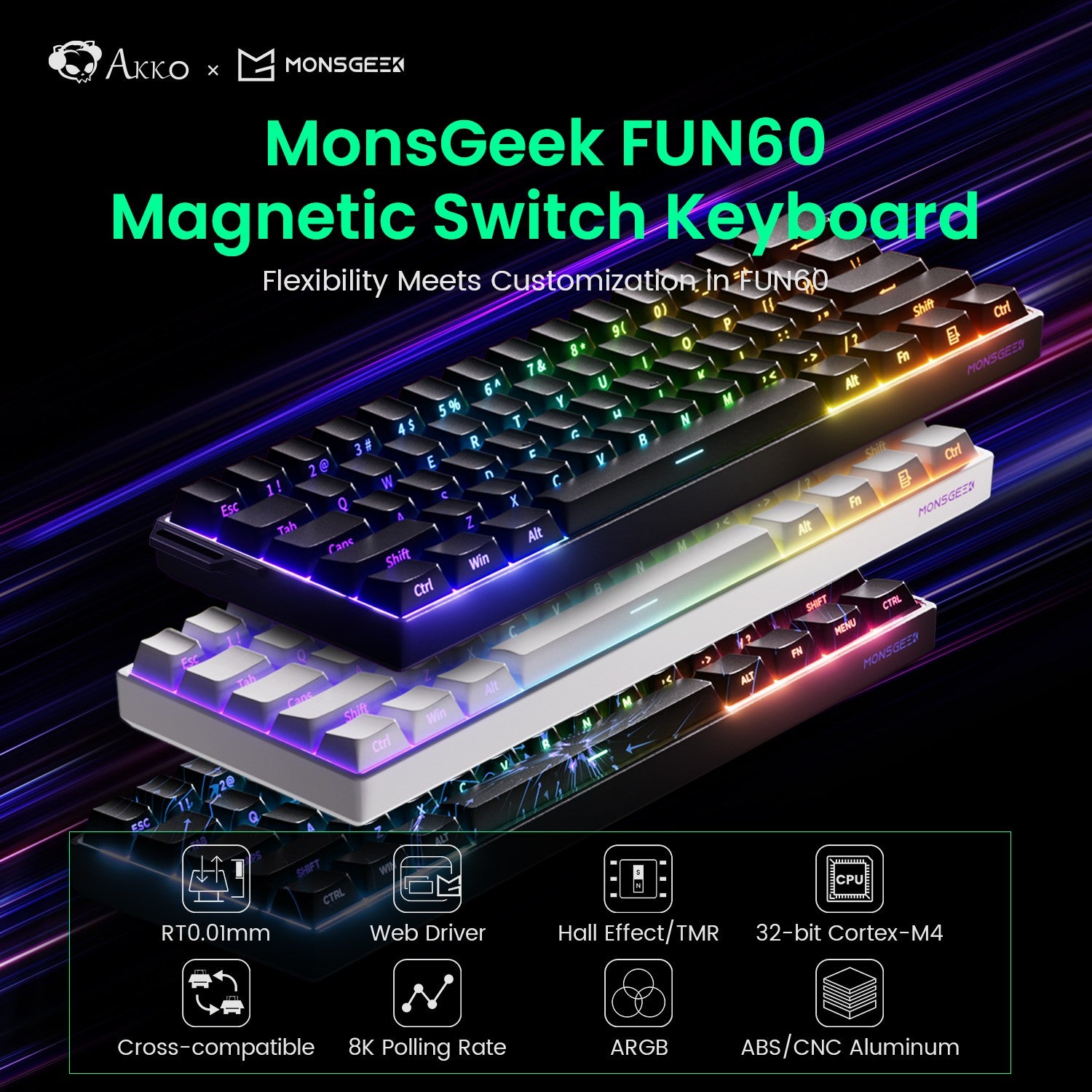

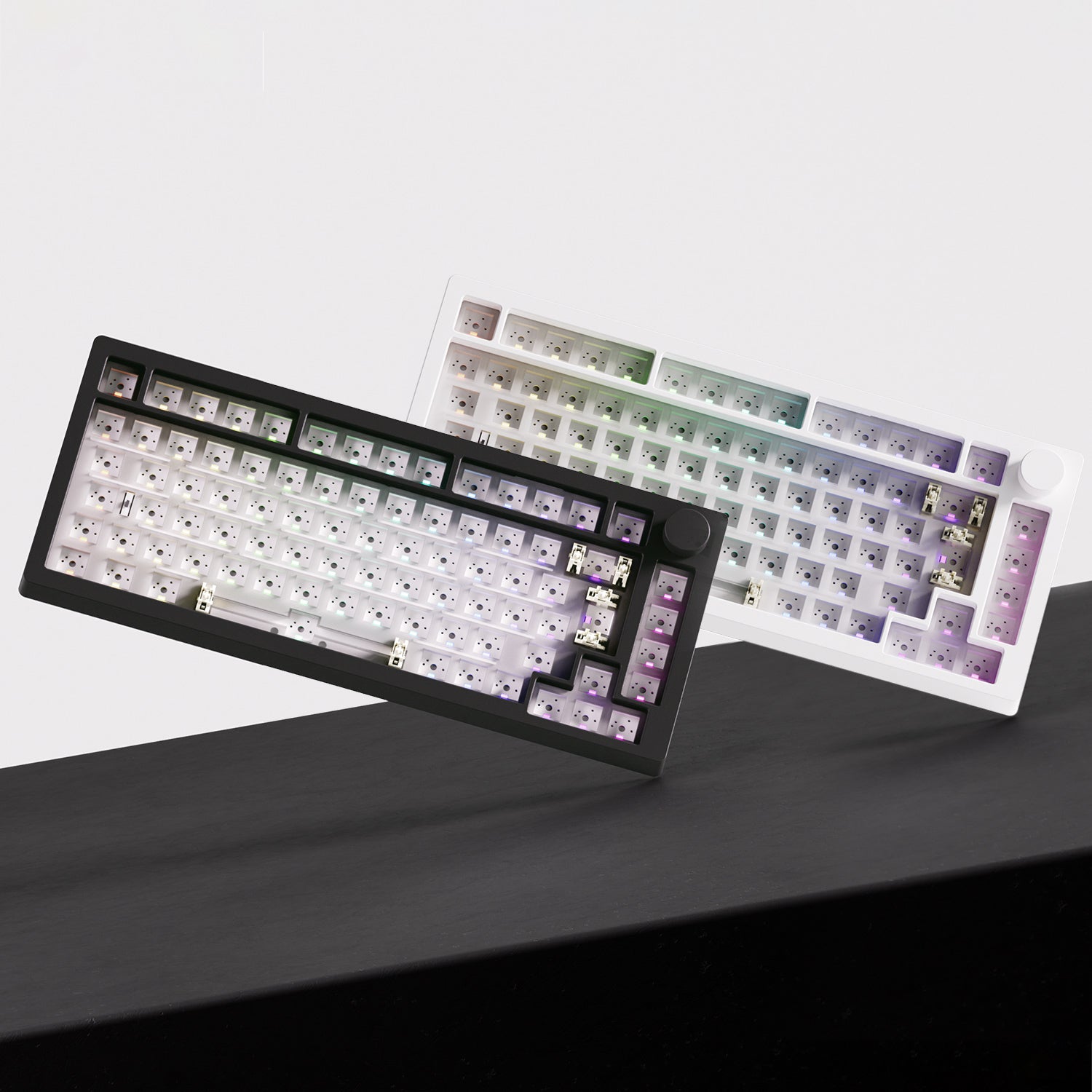


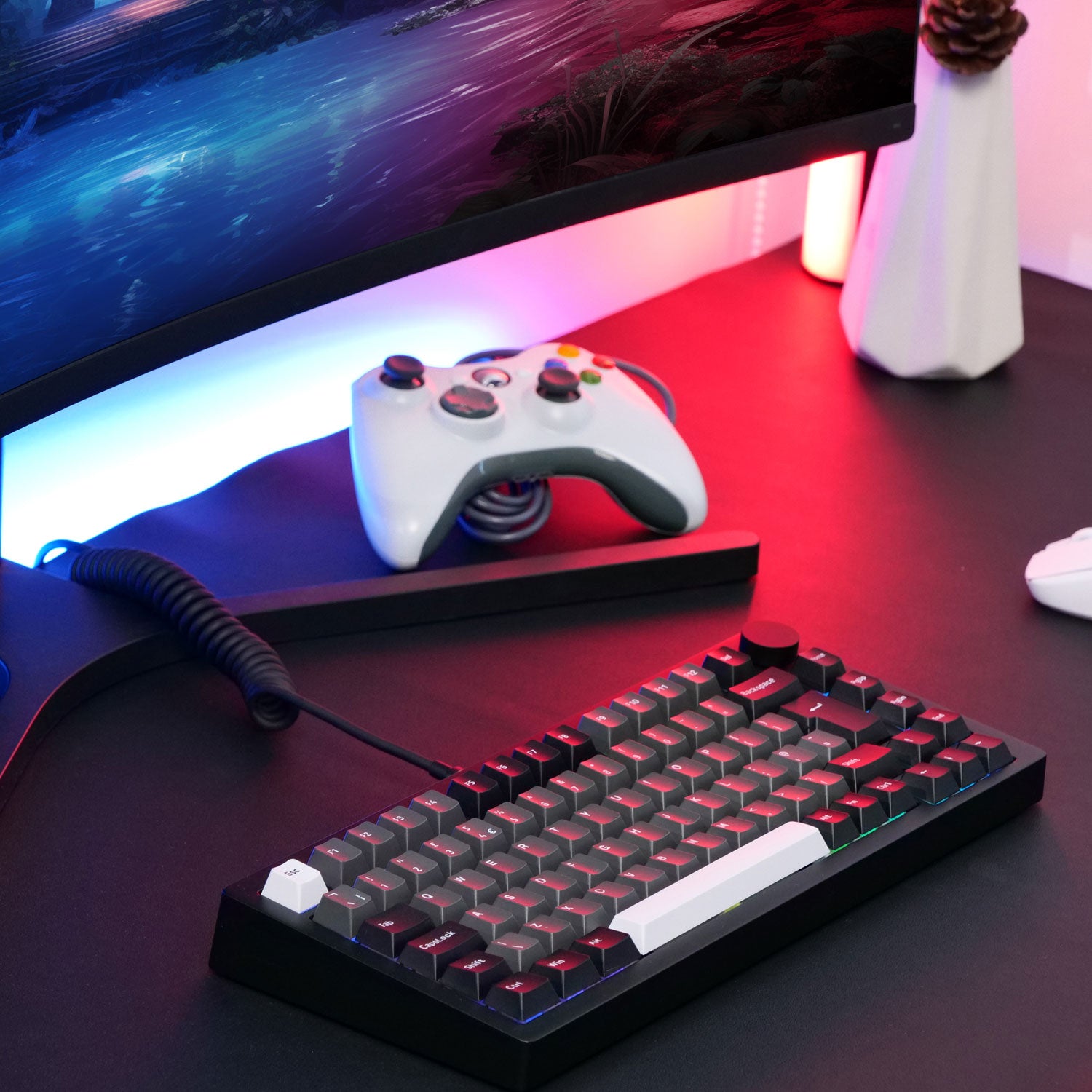

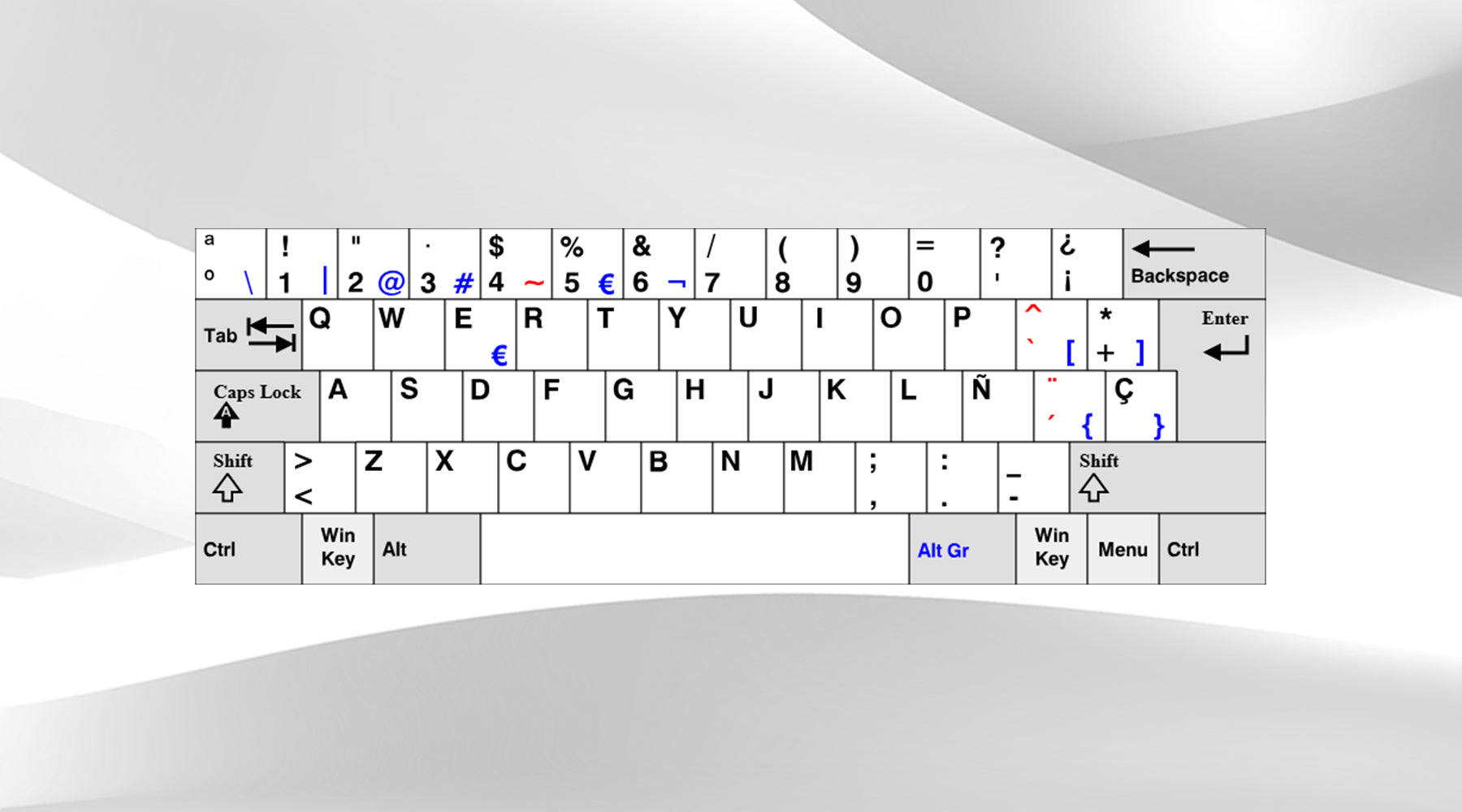
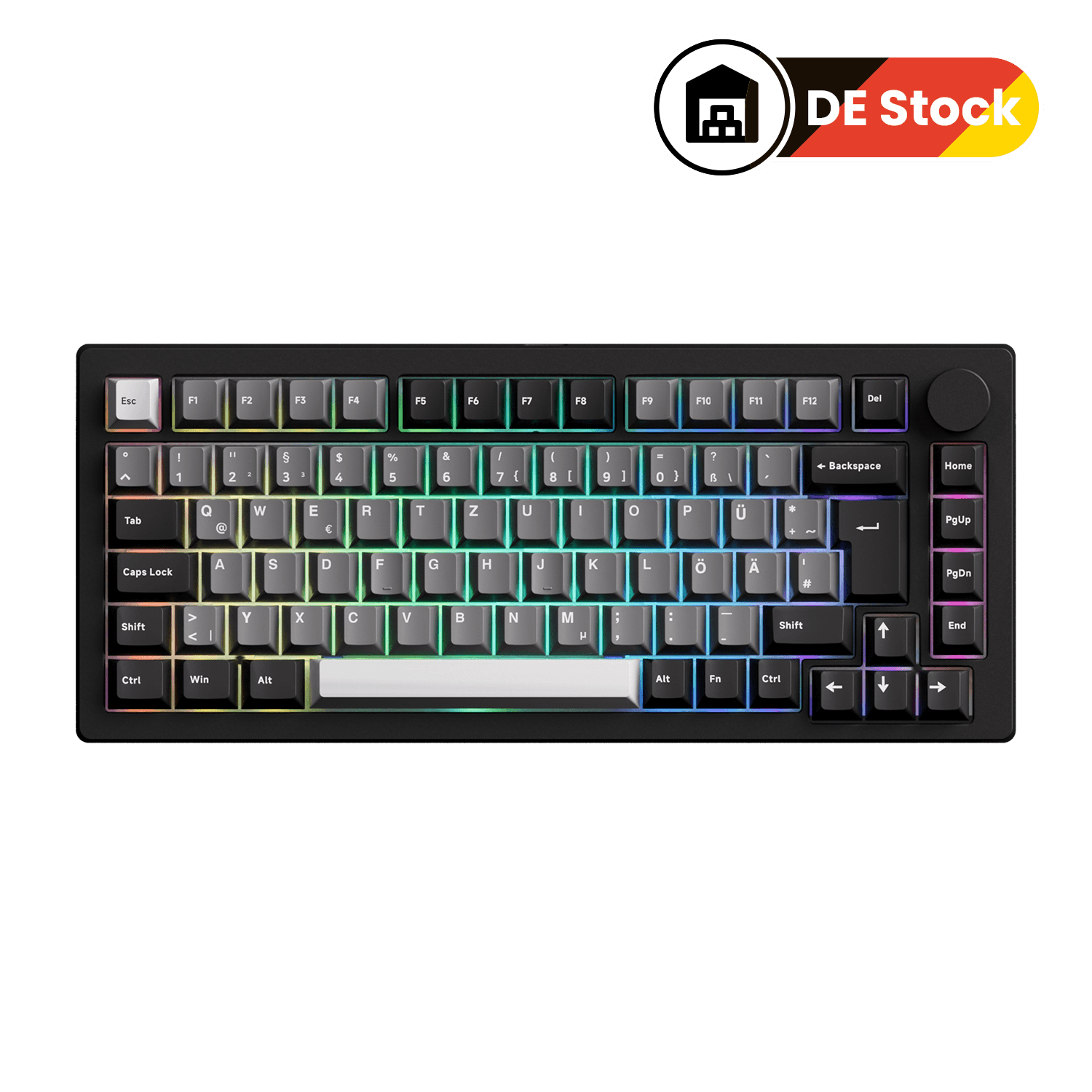
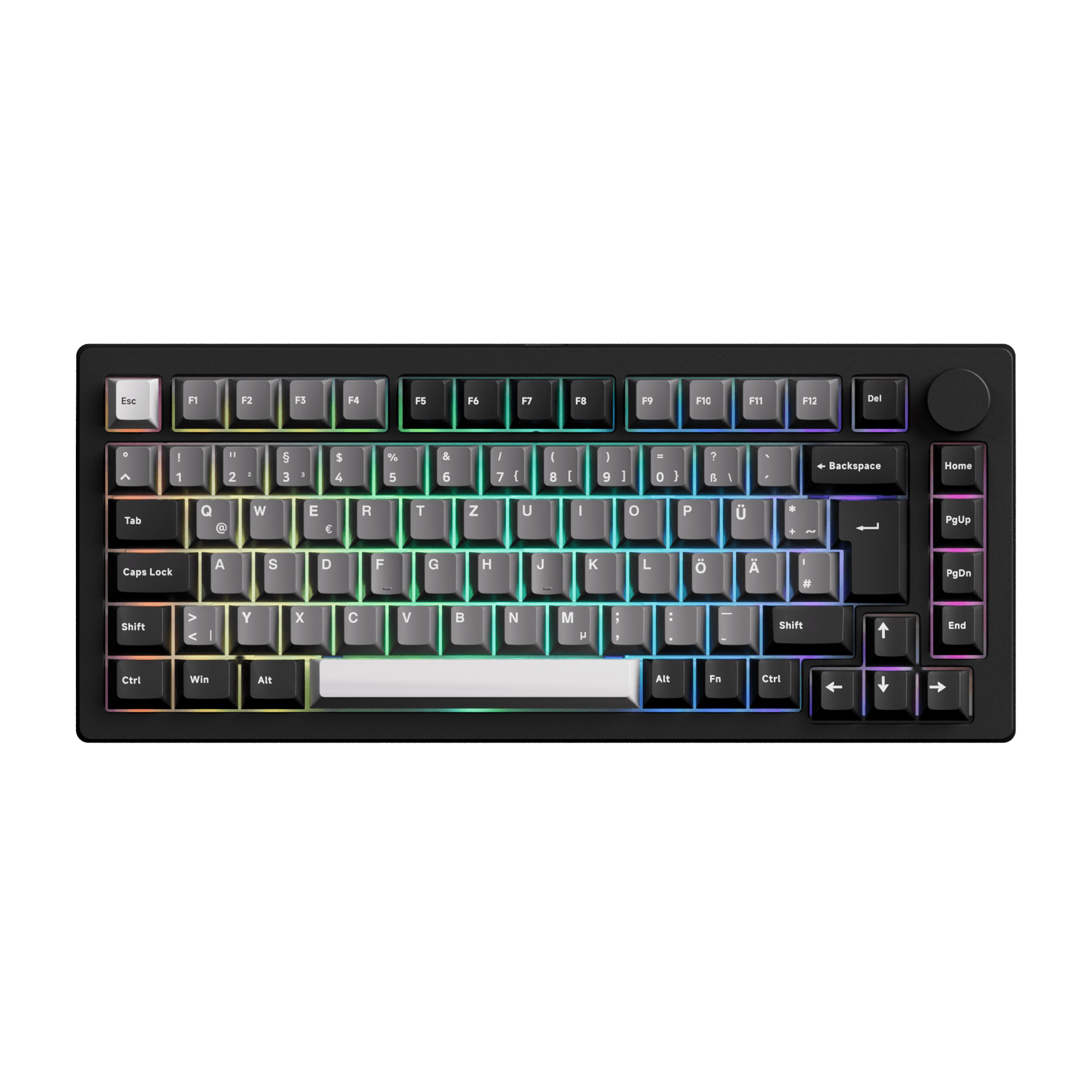
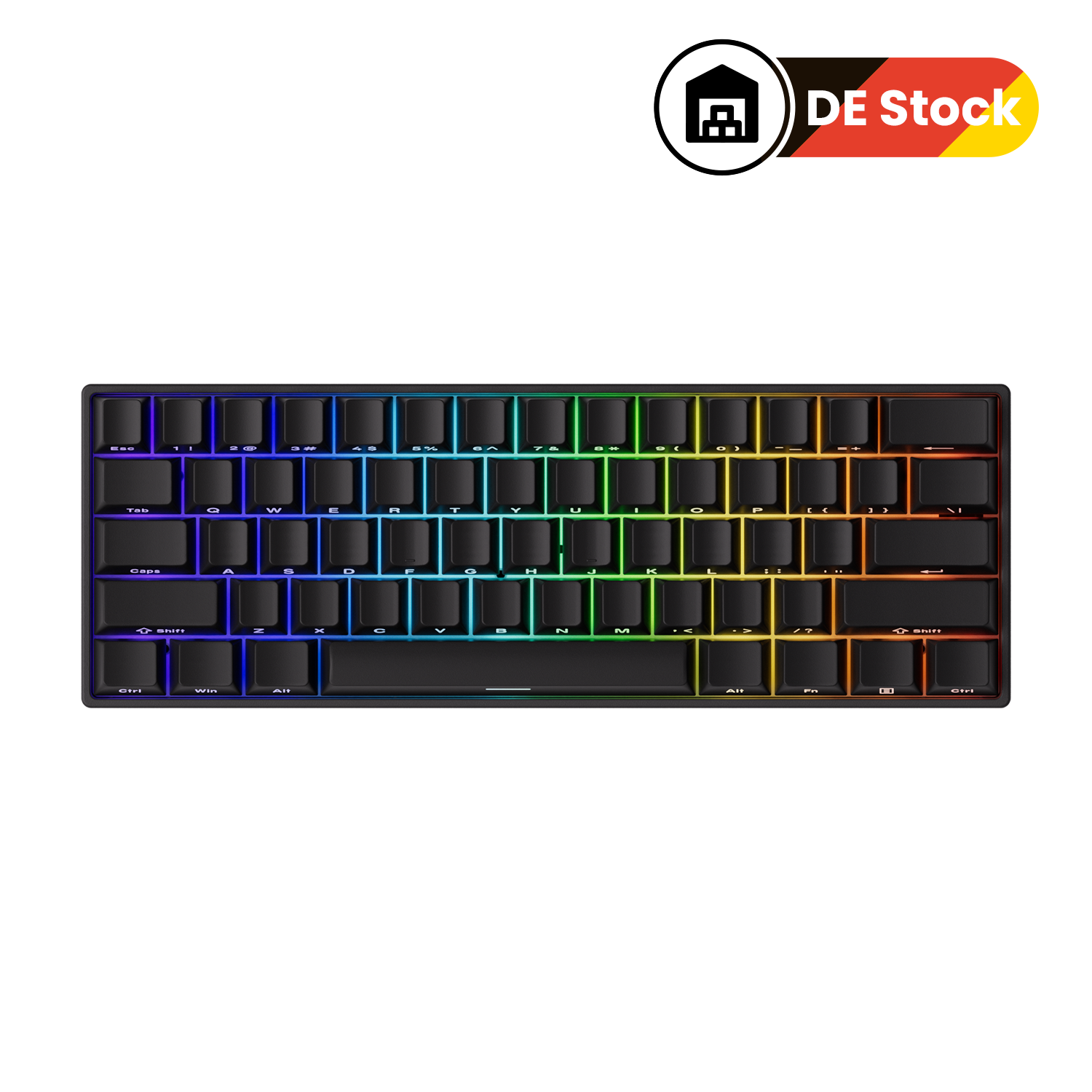
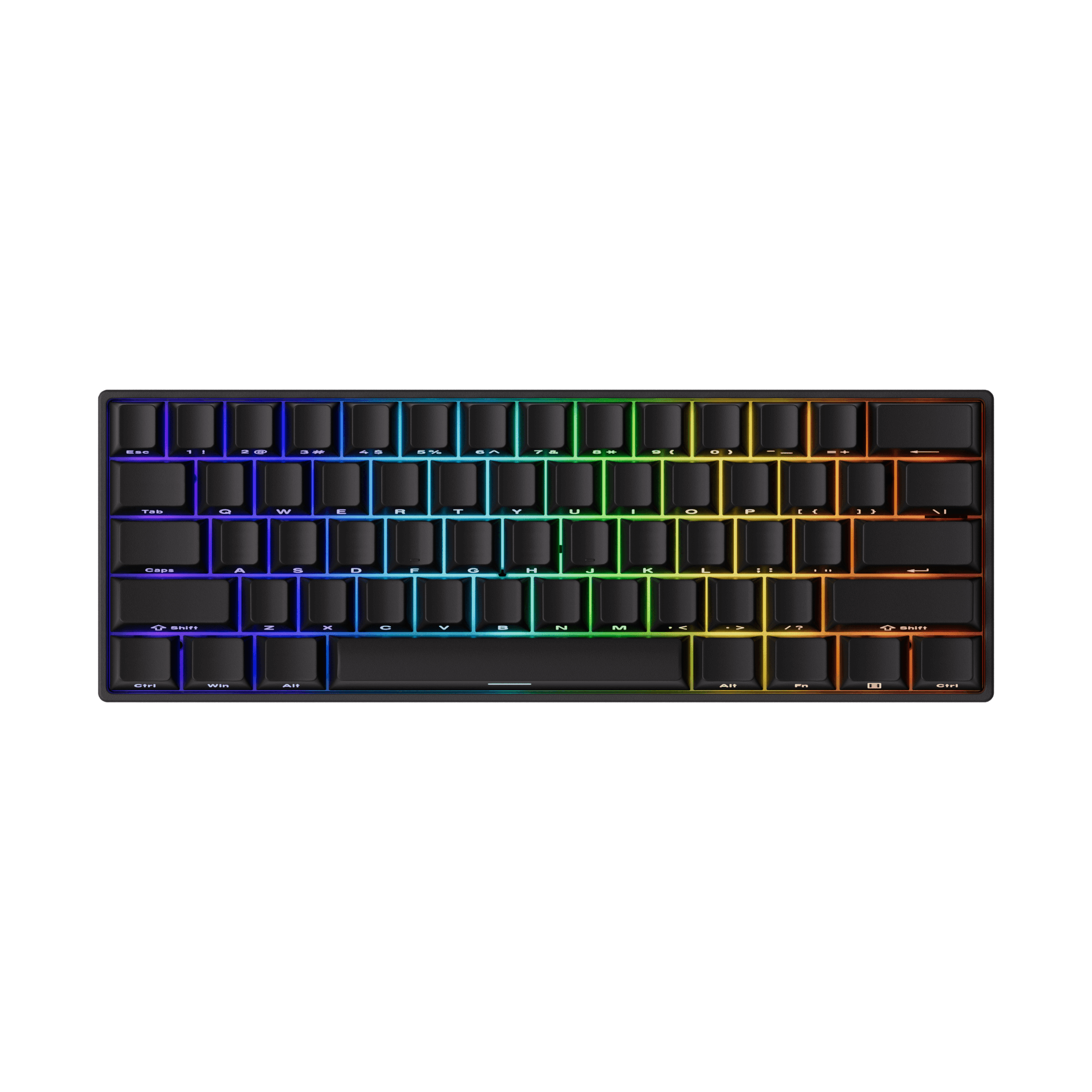
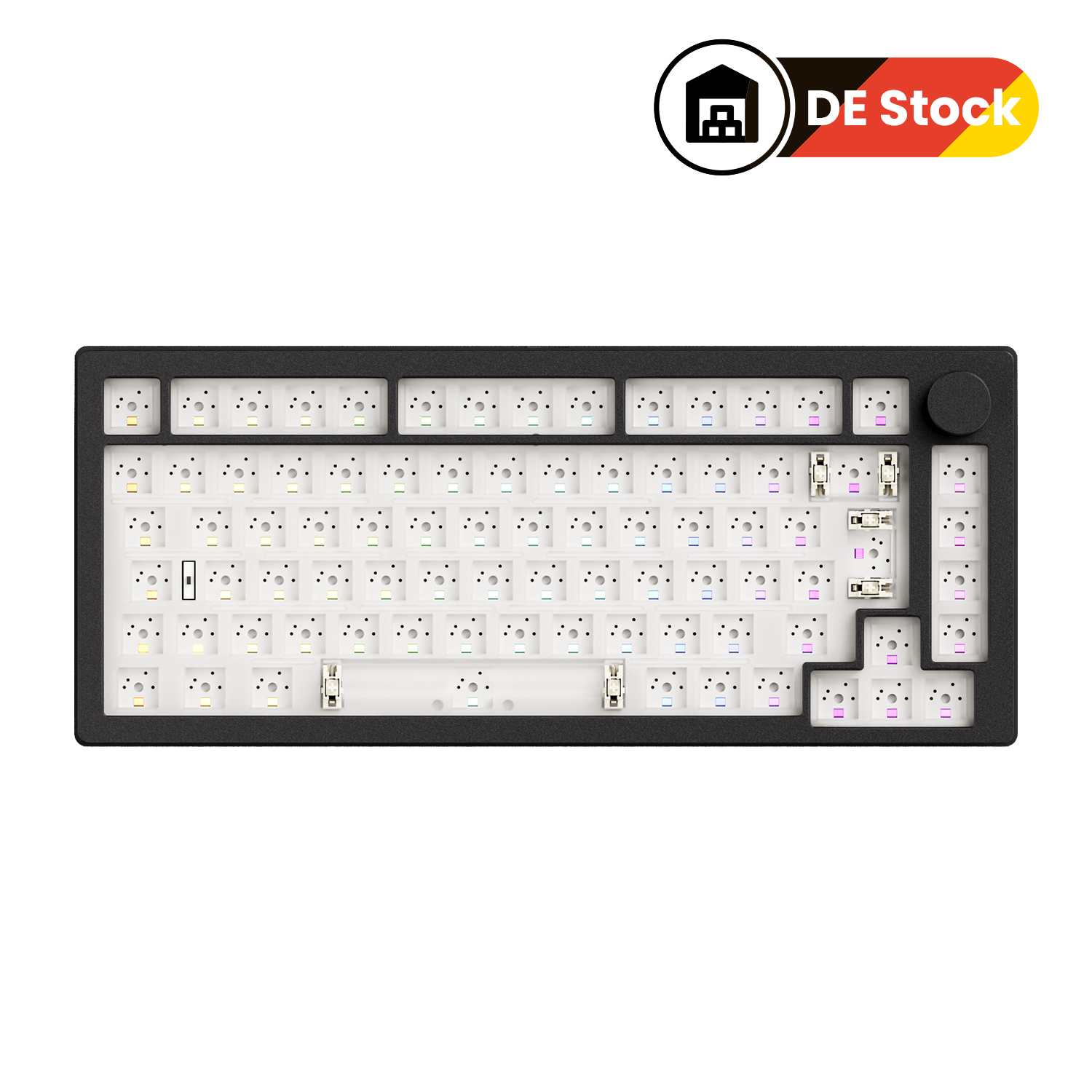
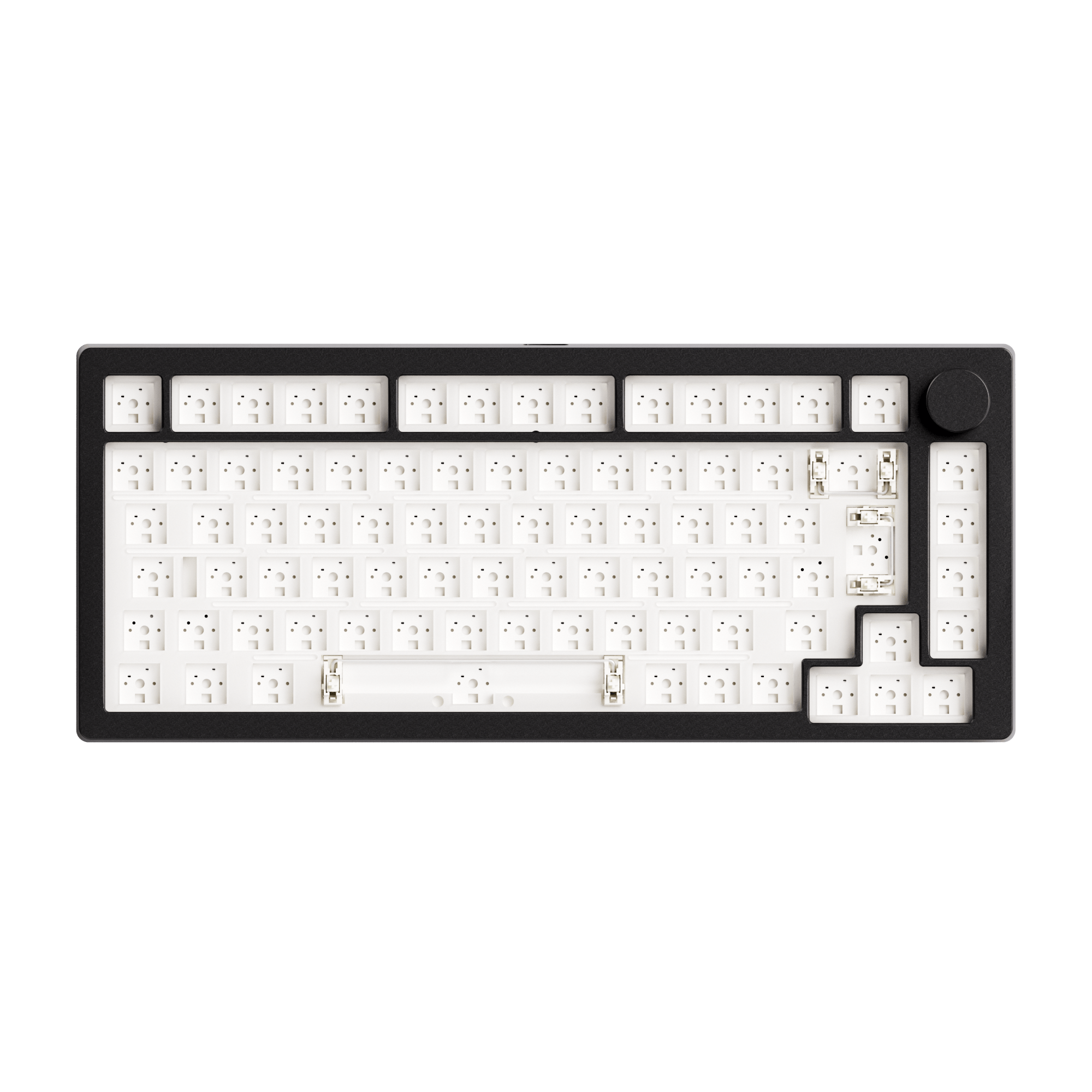


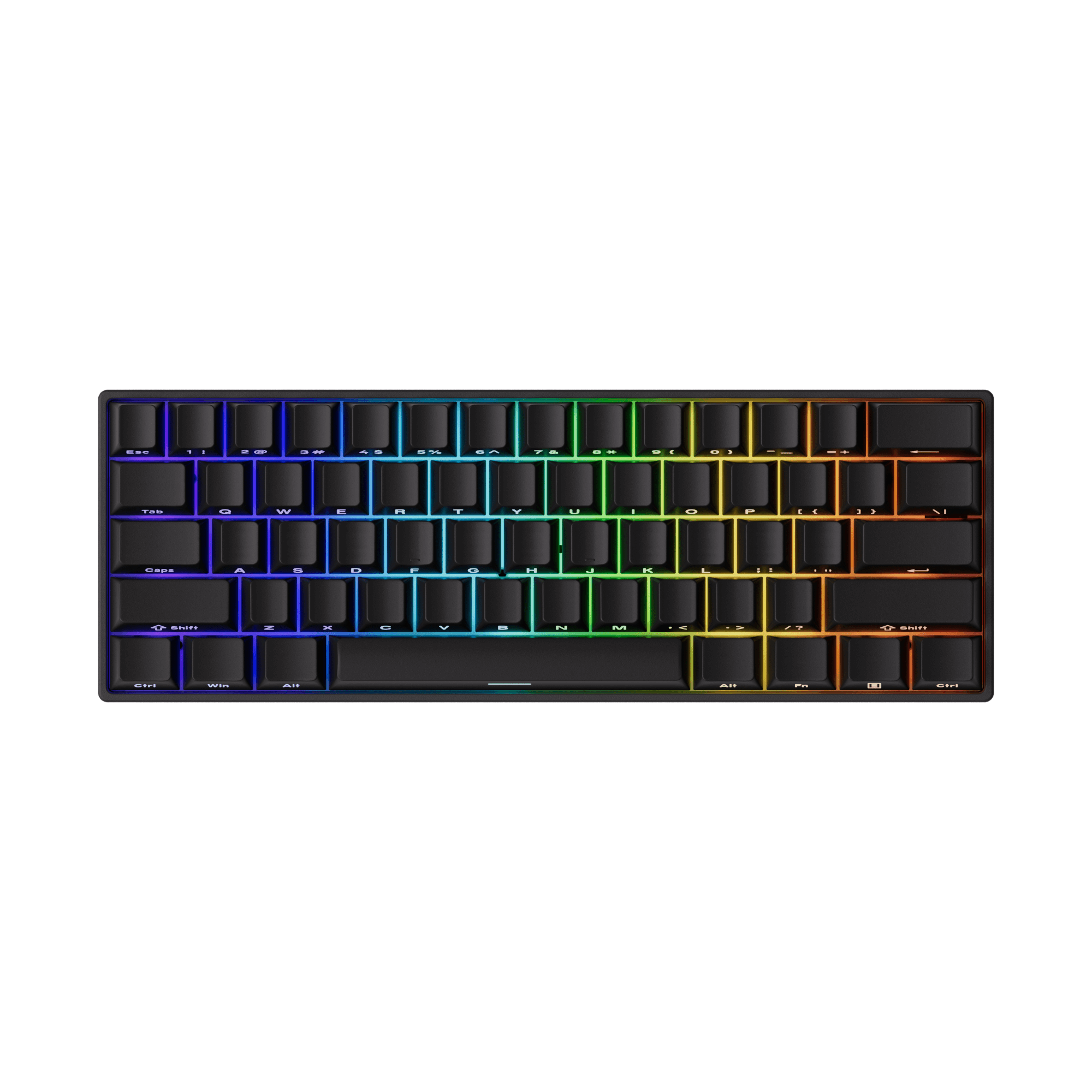
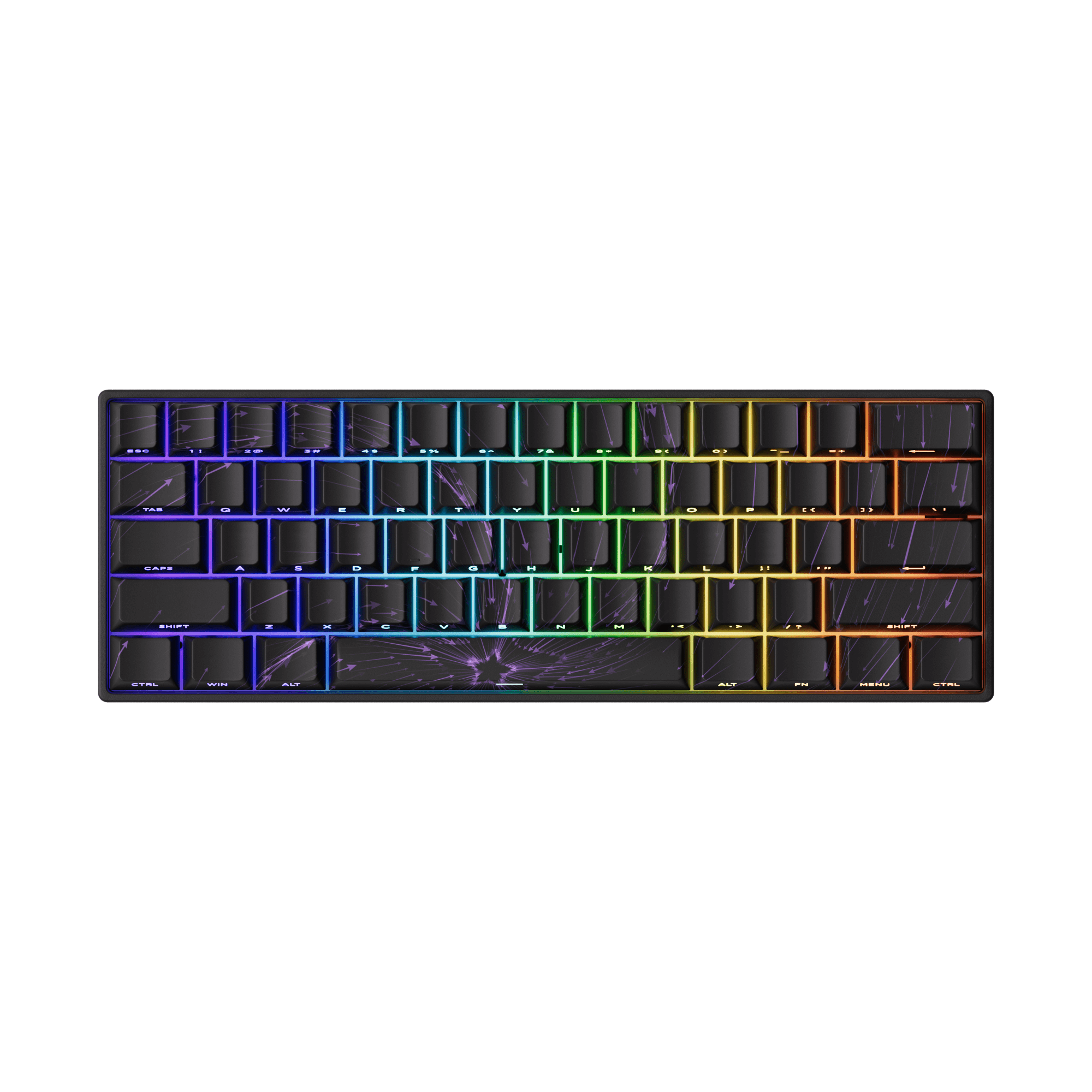
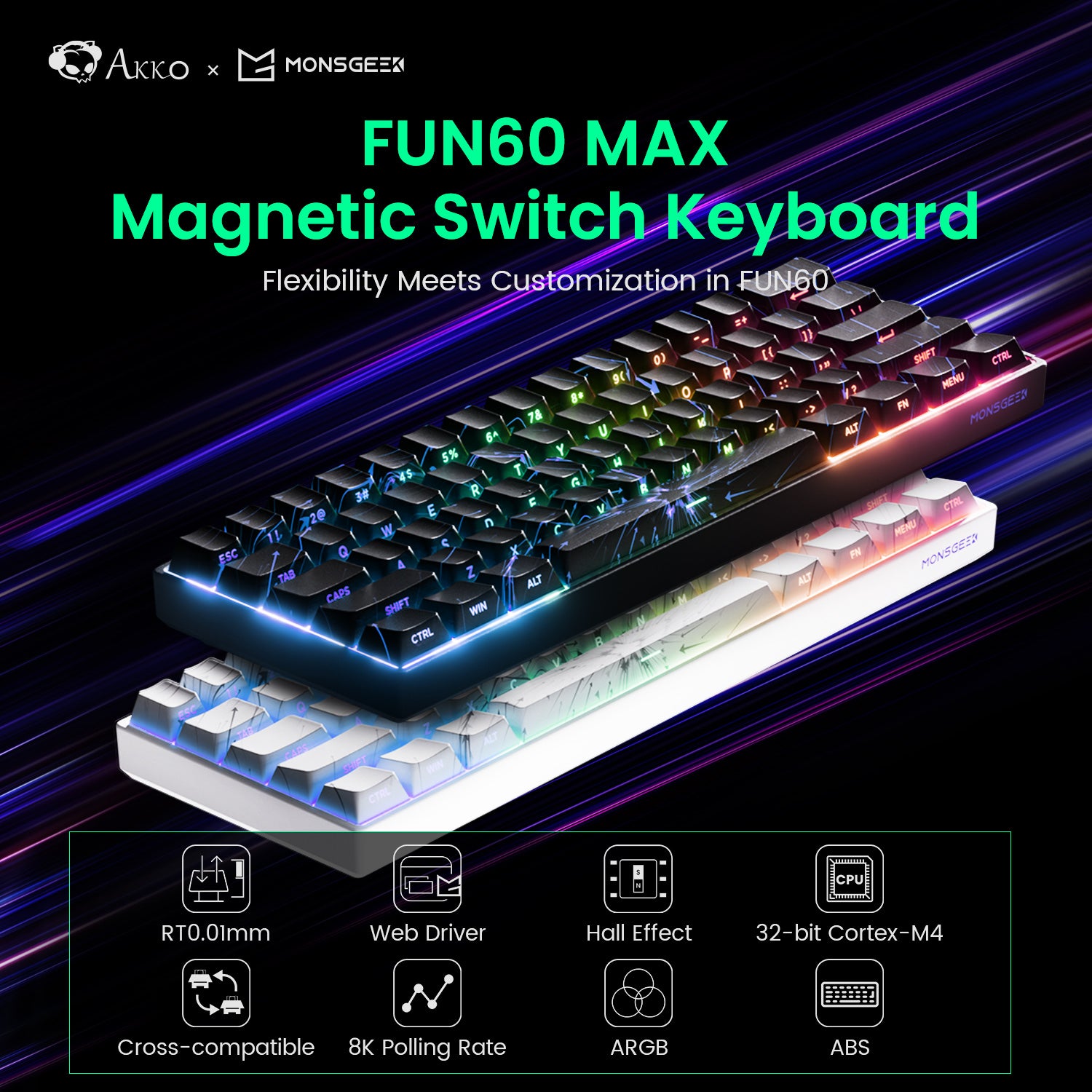

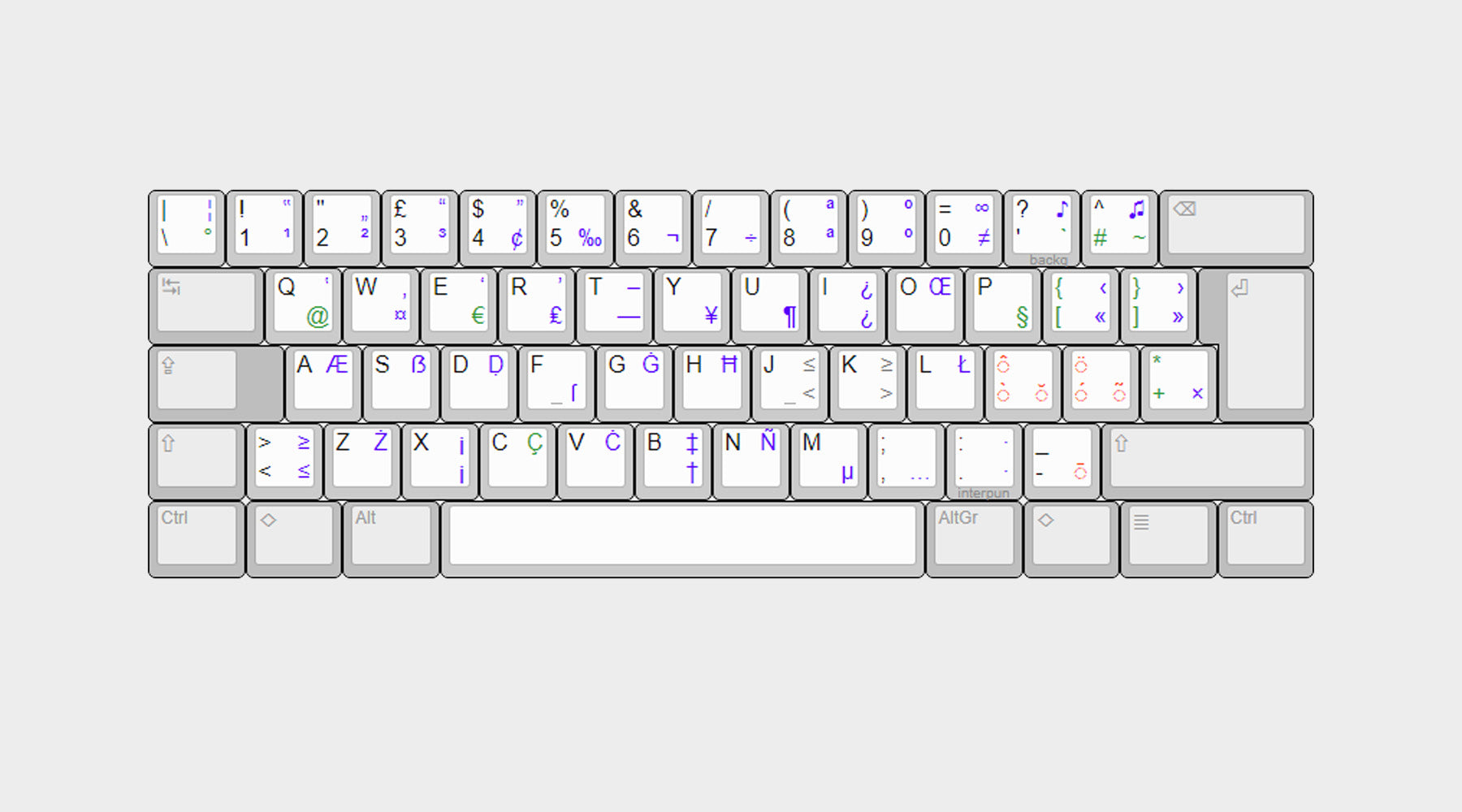
Laisser un commentaire
Tous les commentaires sont modérés avant d'être publiés.
Ce site est protégé par hCaptcha, et la Politique de confidentialité et les Conditions de service de hCaptcha s’appliquent.